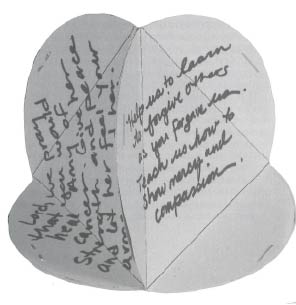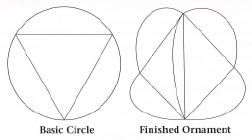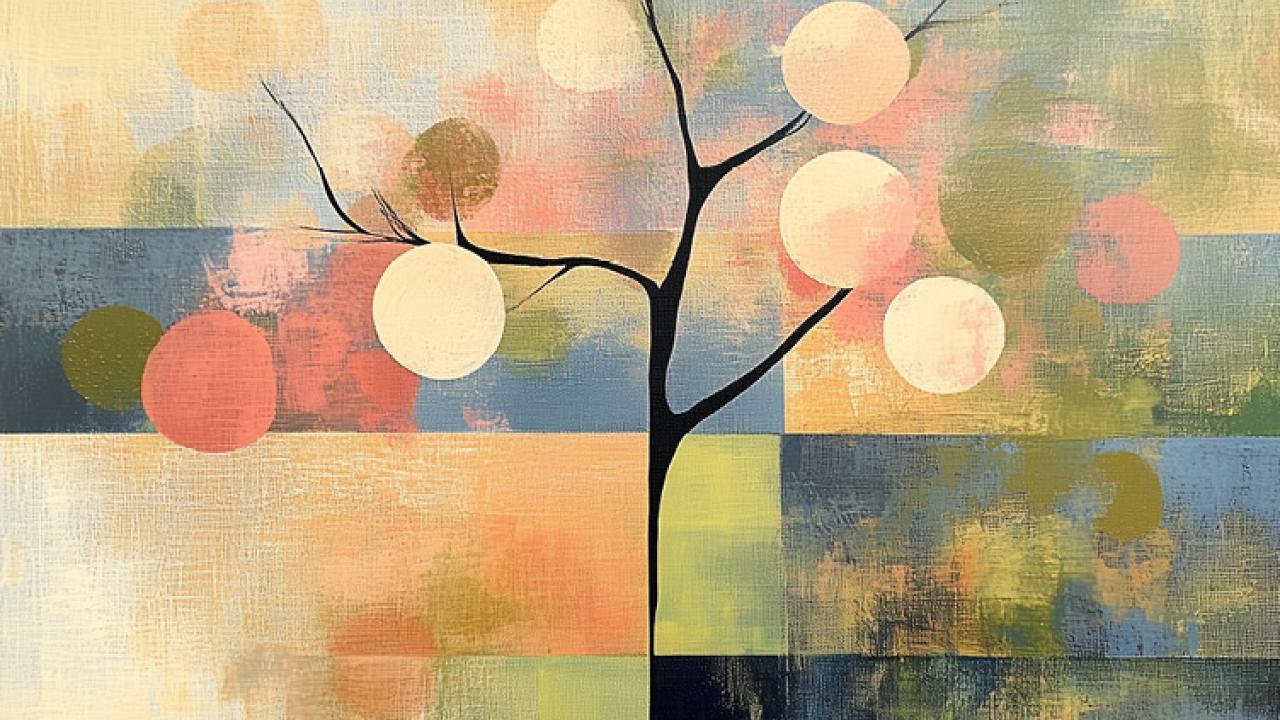Updated June, 2025
The comforting smell of baking bread may evoke childhood memories of your mother’s kitchen or remind you of leisurely Saturday mornings sitting at the local bakery with the newspaper and a cup of coffee. But few people associate that lovely aroma with church services, even though bread figures prominently in worship.
What would it be like if all our senses were regularly engaged during our weekly worship—not just our hearing and seeing? Too often our worship seems to be based on the assumption that everyone learns best by sitting and listening. We give people something to listen to (sermons, songs, readings) and perhaps something to look at (banners, the person standing up front), but we rarely engage the rest of our senses. Predictably, we lose many people’s attention in the course of an hour.
Worship leaders should provide ways to incorporate a wide variety of sensory experiences during worship—engaging people with different learning styles and providing multiple ways for the congregation to connect with each other and to deepen their relationship with God. The following outline for a Lenten series provides suggestions for doing just that.
Week 1
Encountering God through Taste and Smell: Bread
Before worship, we arranged for several people to set up bread machines throughout our sanctuary. These were timed so that they would be in the “bake” cycle during worship. As the aroma of fresh bread filled our sanctuary, we reflected on the God who may not be seen, yet whose nurturing, comforting presence permeates our lives. What a wonderful reminder of the qualities that describe our loving God!
That same Sunday we celebrated the sense of taste by using a variety of fresh breads for communion. Enjoying dark rye, whole wheat, ground corn, and unleavened bread gave us another way to understand the meaning of God’s Word. As we boldly echo Jesus’ words “This is my body given for you” (Luke 22:19), we remember that the body of Christ comes in many shapes, sizes, and colors.
During coffee hour we further tasted God’s goodness by enjoying the bread that had been baking in the sanctuary with butter and jam.
As the aroma of fresh bread filled our sanctuary, we reflected on the God who may not be seen, yet whose nurturing, comforting presence permeates our lives.
Week 2
Encountering God through Touch: The Potter
To celebrate the sense of touch, we invited a potter to work at her wheel at the front of the sanctuary. As worshipers entered the sanctuary, they received a small piece of clay to work in their hands. (We supplied plastic bags in the pews for people to put their clay in when they were finished.)
As the congregation listened to the story of Jeremiah visiting the potter’s shed (Jer. 18:1-11), the potter formed a bowl on the wheel, and then deliberately ruined it. As we watched, she calmly took the twisted mass of clay and reshaped it into a different but equally lovely pot. The sermon reflected on how God can take our fragile lives, no matter how misshapen, and form them into something beautiful.
Following worship, people were invited to try their hand at the potter’s wheel. We also had clay for all people, young and old, to shape. This experience broke down barriers between adults and children and became a festive intergenerational event. (For more on using a potter during worship, see “Come to the Water” in RW 78.)
Week 3
Experiencing God’s Touch: Prayer Shawls
The following Sunday we continued with our theme of “experiencing God’s touch” by blessing our prayer shawl ministry. Throughout the year, some of the women in our congregation knit shawls of soft yarn in a range of lovely colors. These are given to anyone in special need of being wrapped in God’s love—a new mother, perhaps, or anyone who is sick or grieving.
On this dreary, snowy Sunday in Lent, the windowsills and platform in our sanctuary were draped with finished and partially completed prayer shawls—a tangible reminder of how we are wrapped in God’s presence. The shawls provided a welcome display of warmth and color. During worship, the congregation passed the shawls around to experience their softness and beauty. As we prayed for the people who would receive the shawls, we dedicated this ministry with a blessing.
Week 4
Encountering God through Sight: Prayer Ornaments
The church has historically engaged our sense of sight through stained glass windows, crosses, flowers, and banners or other visual elements. We wanted to introduce a new visual dimension that would be both compelling and thought-provoking.
Our Sunday school wrote prayer requests on sheets of paper. These were then stapled together to form ornaments that we hung from our balconies in the sanctuary. The different shapes, sizes, and colors of the ornaments were very eye-catching. Their gentle swaying during worship was a visual reminder of the Holy Spirit, who is always moving and weaving in and throughout our lives.
We invited the congregation to write their own prayers on sheets of paper, which were then formed into additional ornaments and hung up.

Week 5
Encountering God through Hearing
Every week we hear people speak, read Scripture, play instruments, and sing. Yet this is not an exhaustive list of the ways we can hear God’s voice.
We invited our Sunday school children to create simple instruments using combs with wax paper (kazoos), yogurt containers filled with beans (maracas), and empty water and milk jugs (drums). Then they marched enthusiastically around the sanctuary to the tune of “When the Saints Come Marching In”!
We also invited adults to share sounds that made them particularly aware of God’s presence. One woman brought in wind chimes and a fan. Another person brought in a small countertop fountain. As we listened to the water gurgling and flowing, she read from Psalm 42: “As the deer pants for streams of water, so my soul pants for you, my God. My soul thirsts for God, for the living God.”
A Swedish woman reflected on hearing prayers in her native language and offered the Lord’s Prayer in Swedish for our congregation. We sang songs in different languages, had the children sing with simple instruments, and we listened to the organ with all the stops out and contrasted that with the simplicity of a folk guitar.
We also incorporated silence into our worship on this Sunday. Sometimes the best sound is no sound at all, a space where we can listen to what God may be saying to our hearts.



